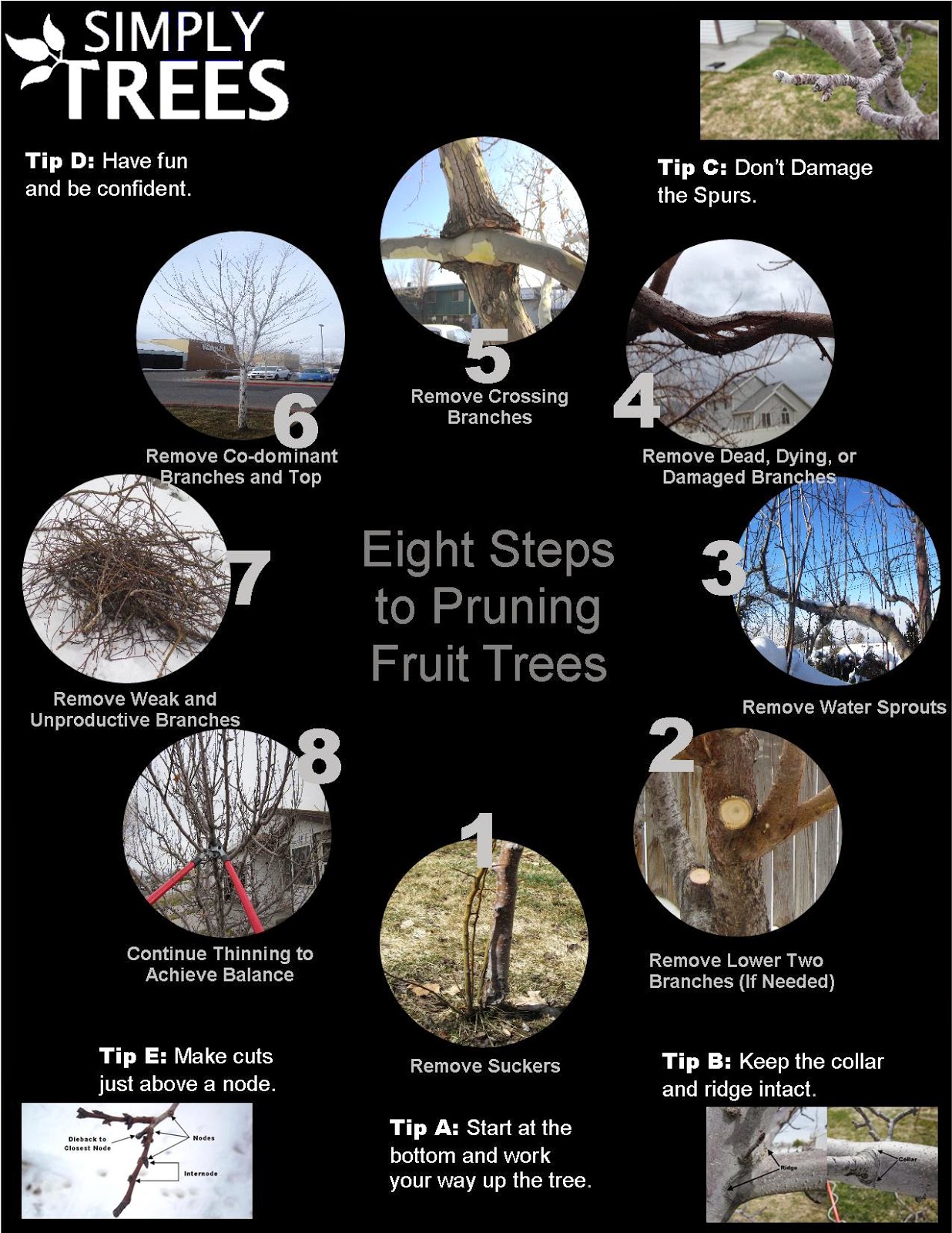Post-Tree Removal Therapy: Reliable Techniques For Landscape Restoration
Post-Tree Removal Therapy: Reliable Techniques For Landscape Restoration
Blog Article
Author-Hinrichsen Leblanc
After a tree's removal, your landscape may look quite different, and it's important to assess the after-effects very carefully. You'll want to review the soil disruption and examine surrounding plants for any type of indications of stress and anxiety. Overlooking these variables can result in bigger troubles down the line. So, what should you perform with those stumps and origins? And how do you pick the best plants for your revitalized space? Allow's explore these essential steps.
Assessing the Aftermath: Reviewing Your Landscape
After a tree removal, it's important to analyze your landscape to comprehend the effect it has on your lawn.
Beginning by checking out the location where the tree stood. Look for indicators of soil disturbance, and inspect the bordering plants for any stress and anxiety or damage.
You ought to likewise make note of just how the removal has actually transformed sunshine direct exposure and airflow in your garden. This change can impact the development of neighboring plants, so it's necessary to evaluate their wellness.
Consider the visual aspects as well; the removal might develop an open space that you can upgrade.
Finally, think about any kind of potential erosion concerns that might arise from the tree's absence. Attending to these factors early will help bring back balance to your landscape.
Taking care of Stumps and Origins: Options for Elimination
Once you have actually examined the after-effects of the tree removal, you'll likely require to tackle the stump and origins left.
You have a couple of options for removal. One efficient approach is stump grinding, where a professional utilizes an equipment to grind the stump down to underground degree. This strategy leaves minimal disturbance to your landscape.
If you choose a DIY method, you can make use of a mix of excavating and chemical stump eliminators. Just keep in mind, this procedure can take some time and initiative.
Additionally, consider leaving the stump as an all-natural attribute, which can function as an one-of-a-kind garden component or habitat for wildlife.
Whatever you pick, resolving the stump and origins is essential for recovering your landscape.
Picking the Right Plant Kingdoms for Your New Area
As you analyze your freshly removed area, picking the right plants can considerably improve your landscape's beauty and capability.
Beginning by thinking about the sunlight and soil problems. For warm locations, go with drought-resistant plants like lavender or succulents. In shaded Read Even more , ferns and hostas prosper well.
Consider the dimension and development routines of your plants; mix perennials and annuals for seasonal range. Don't forget to incorporate indigenous types; they require much less upkeep and support neighborhood wildlife.
Team plants in odd numbers for a more natural look and produce layers for visual deepness.
Finally, guarantee you have a mix of colors and appearances to keep your landscape dynamic throughout the periods.
read review growing!
Final thought
Finally, recovering your landscape after tree removal is a satisfying process. By assessing the aftermath, attending to stumps and roots, and selecting the right plants, you'll produce a growing setting. Do not neglect to integrate disintegration control steps to protect your soil. With a little effort and treatment, you can transform your space right into a vibrant yard that enhances your residential property. Welcome the possibility to renew your landscape and enjoy the elegance of nature right in your backyard!
